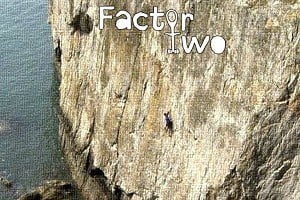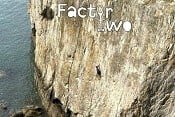In reply to Reach>Talent:
> (In reply to Bishop0151)
> Unfortunately watching others climb routes doesn't really help me as I'm 6'7"ish
Stop your whinging then!
On a serious note, your reach will have given you an advantage when you began climbing. From climbing with someone who is also quite tall, my impression is that this can yield a starting grade in the mid 6's (which seems to tie in with your profile). Progression beyond this obviously depends on developing technique and "reading" a route comes from having a repertoire of movements.
A friend who was trying to improve his style/efficiency felt that climbing a route twice, in quick succession, might help. On your second ascent, you can use your knowledge of the route to climb it in a more fluid and efficient style. I felt this made a certain amount of sense, as our bodies/brains learn climbing through repetitive actions.
Another suggestion is to use rest positions to assess the ground ahead. Are there obvious gaps or poor looking holds? You're more likely to get it right if you plan your path from a physically comfortable position, as opposed to being forced to do something because you're pumping out.
Also, climbing is typically about working out what you will do with your feet (the hands just "follow"). If you're doing a move wrong, I find it's normally because you've misread the footholds. I think there's good quote from Joe Brown about this:
"How did you reach those holds?"
JB: "I climbed up to them."
Finally, stop whinging you're 6'7!!
J









